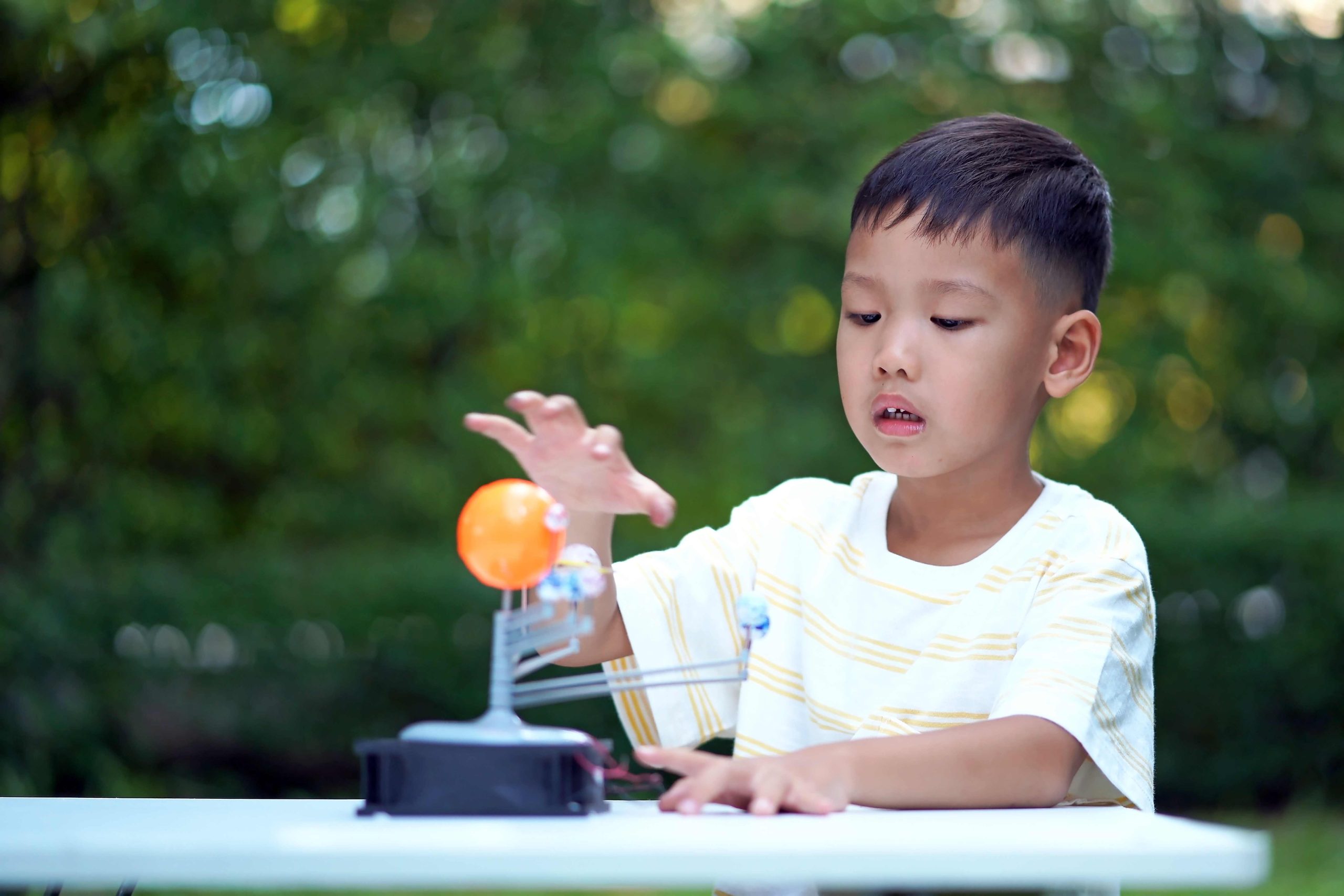Exploring the World: The Benefits of Open-Sensory Play for Science Education in Preschoolers
The Importance of Science Education for Preschoolers
Science permeates every aspect of our lives, from the smallest interactions to the grandest phenomena. It’s about observing our surroundings, making sense of patterns, and nurturing curiosity in preschoolers. Furthermore, science education at the preschool level lays a vital foundation for a child’s future learning experiences. Let’s delve into the significance of open-sensory play for toddlers and its role in imparting scientific knowledge.
The Benefits of Open-Sensory Play for Preschoolers
Open-sensory play offers myriad benefits for preschoolers:
- Enhances Sensory Development: Open-sensory play hones a preschooler’s sensory acuity, aiding in distinguishing between different textures, sounds, smells, and tastes.
- Promotes Creativity: Through open-sensory play, preschoolers can unleash their imagination, creating new worlds and exploring endless possibilities.
- Encourages Language Development: Engaging in open-sensory play fosters language skills as preschoolers describe their sensory experiences.
- Fosters Social Skills: Open-sensory play cultivates collaboration and empathy as preschoolers interact with peers in scientific exploration.
- Develops Fine Motor Skills: Manipulating materials in open-sensory play enhances preschoolers’ fine motor skills and hand-eye coordination.
- Teaches Scientific Concepts: Open-sensory play serves as a conduit for learning scientific principles such as cause and effect, properties of matter, and the water cycle.
What is Open-Sensory Play?
Open-sensory play empowers preschoolers to engage with the world around them using all their senses. They immerse themselves in a variety of materials and objects, exploring through touch, smell, taste, hearing, and sight. Moreover, open-sensory activities come in diverse forms, including sensory play dough, water play, nature hikes, and sensory bins. The goal is to provide preschoolers with opportunities to investigate their senses and forge connections between sensory inputs.
Examples of Open-Sensory Play Activities for Preschoolers
There’s a multitude of open-sensory play activities suitable for preschoolers:
- Sensory Bins: Fill a bin with rice, beans, sand, or water and incorporate various objects for tactile exploration.
- Water Play: Set up a basin or kiddie pool with water and provide preschoolers with cups, spoons, and objects for water-based experimentation.
- Nature Walks: Take preschoolers on nature excursions, encouraging them to observe plants, animals, and natural phenomena.
- Sensory Play Dough: Mix flour, salt, water, and oil to create play dough, enriching it with glitter, sand, or food coloring for sensory stimulation.
- Sound Exploration: Introduce various objects for preschoolers to produce sounds with, fostering auditory exploration and description.
Tips for Setting up Open-Sensory Play Activities for Preschoolers
When organizing open-sensory play activities, consider the following tips:
- Use Safe Materials: Prioritize materials that are safe and age-appropriate for preschoolers, avoiding choking hazards and toxic substances.
- Provide Supervision: Ensure preschoolers are supervised during open-sensory play to guarantee their safety and guide their exploration.
- Encourage Exploration: Foster an environment where preschoolers feel encouraged to explore and manipulate materials according to their interests.
- Be Creative: Embrace creativity in designing open-sensory play activities, utilizing readily available materials in innovative ways.
- Allow for Mess: Embrace the messiness of open-sensory play, recognizing it as an integral part of the learning process.
Conclusion
Open-sensory play serves as a gateway to scientific exploration and holistic development in preschoolers. It not only nurtures critical thinking and problem-solving skills but also fosters a lifelong love of learning. Additionally, incorporating open-sensory play into daily routines facilitates language development, fine motor skills, and social-emotional growth in preschoolers.
Additional Resources for Open-Sensory Play Activities for Preschoolers
For more inspiration on open-sensory play activities, explore these resources:
- The Imagination Tree
- Play Based Learning
- Local Libraries
Common Questions About Open-Sensory Play for Preschoolers
Addressing common queries about open-sensory play:
- Is open-sensory play messy? – Embrace the messiness as part of the learning process, ensuring proper cleanup afterward.
- Can open-sensory play be done at home? – Absolutely! Utilize household items to create engaging open-sensory play experiences.
- Is open-sensory play only for teaching science? – No, it promotes overall development encompassing various skills beyond scientific knowledge.
- Can open-sensory play be done with multiple preschoolers? – Yes, it encourages collaborative exploration and social interaction among peers.
- Are there any safety concerns with open-sensory play? – Ensure materials are safe and supervise preschoolers to prevent accidents.
Final Thoughts
In conclusion, open-sensory play is a powerful tool for nurturing scientific curiosity and holistic development in preschoolers. By engaging their senses, preschoolers gain deeper insights into the world around them, fostering a sense of wonder and discovery. Furthermore, integrating open-sensory play into daily routines offers endless opportunities for exploration and growth. So, embrace the mess, encourage creativity, and watch as your preschooler’s enthusiasm for learning blossoms.



